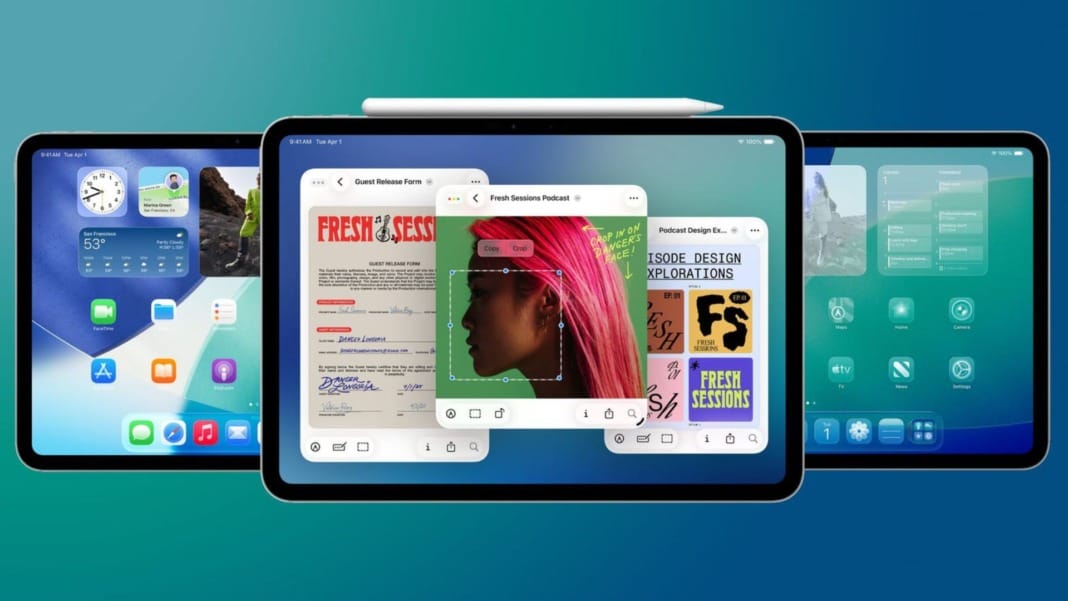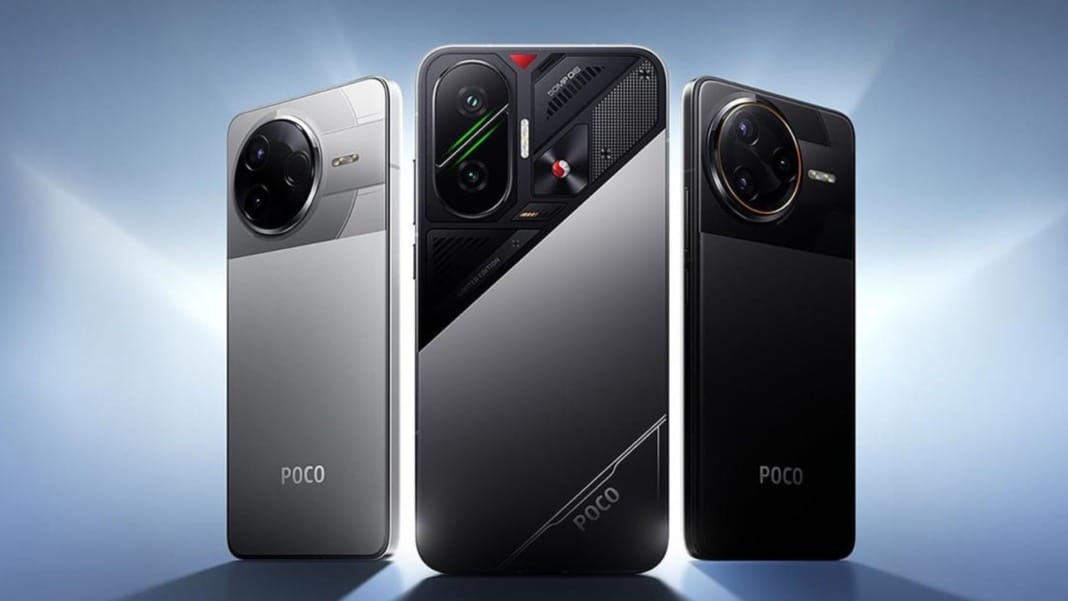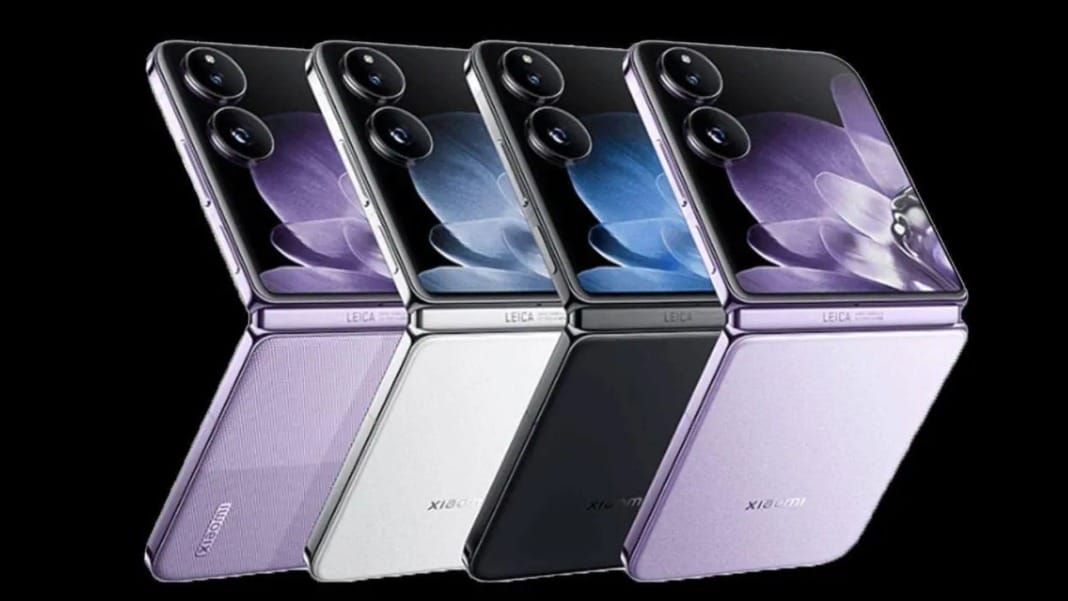At WWDC 2025, Apple again clarified that your iPad will never run macOS – for good reason. If you’ve ever wondered why Apple doesn’t simply combine the best of both worlds, the answer lies in a surprisingly simple analogy: the spork.
WWDC, Apple’s annual Worldwide Developers Conference, is not just about new software launches. It also offers rare and fascinating insights into the company’s thinking, thanks to interviews with top Apple executives. This year, an enlightening conversation between Craig Federighi, Apple’s senior vice president of software engineering, and Federico Viticci, a prominent iPad advocate and editor-in-chief of MacStories, shed light on the philosophy behind iPadOS – and why Apple doesn’t plan to make the iPad a Mac alternative anytime soon.
Apple’s vision for the iPad remains crystal clear
During the interview, Viticci asked bold and fundamental questions about the iPad platform. Why did it take so long for Apple to implement features like a proper windowing system or a menu bar? Why does the iPad still feel so different from a Mac?
Federighi responded candidly. He acknowledged that while the iPad has grown more capable, it is – and always will be – a “touch-first” device. That core identity drives how Apple builds features for the platform.
“You have not to be allergic to learning from the past,” Federighi explained. “The balance we’ve landed on now is saying, ‘Listen, if the right answer for iPad is a consistent one with another device, the Mac, then, of course, let’s use it. But let’s not reach for something on the Mac reflexively, just because it’s there.’”
In short, Apple wants the iPad to be intuitive, familiar, and flexible – but not at the expense of its unique strengths.
Why iPadOS and macOS won’t merge
And what about the idea of simply merging macOS and iPadOS into one unified system? That’s where Federighi used his now-famous metaphor – the spork.
“If a spoon’s great, a fork’s great, then let’s combine them into a single utensil, right? It turns out it’s not a good spoon, and it’s not a good fork,” he said. “It’s a bad idea. And so we don’t want to build sporks.”
This quirky but clear comparison illustrates Apple’s belief that trying to create one device to rule them all risks creating something that doesn’t do either job well. The iPad isn’t meant to be a Mac, and vice versa.
Sebastian Marinea-Mes, Apple’s vice president of software engineering (system experience), echoed this sentiment in a separate conversation during WWDC. He explained that the team is committed to keeping “the simplicity and fluidity of iPad” intact—something that might be compromised with a full macOS integration.
iPads and Macs are designed to coexist – not compete
Apple’s hardware and software teams are aligned in their message. At the launch of the iPad Pro last year, Greg Joswiak, Apple’s senior vice president of worldwide marketing, said: “They’re never going to converge. It’s not our goal to have iPad replace Mac or Mac replace iPad. They are two very different tools.”
He pointed out that many customers use both devices and appreciate what each offers. Macs and iPads are tools designed for different contexts. Use a Mac for intensive tasks like programming or video editing and an iPad for reading, drawing, or light multitasking.
Each device excels in its way – and Apple wants to keep it that way.
So, while it’s tempting to imagine a single “ultimate” Apple device, the company believes that doing so would compromise the distinct experience each product delivers.
If you love your iPad, you’re not alone – and it’s clear Apple wants to keep it feeling like an iPad.





